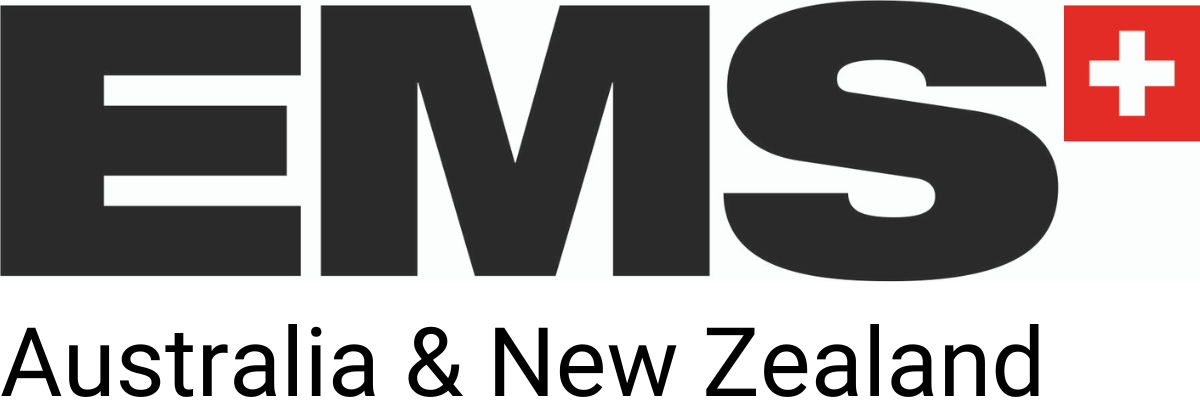
GOLFER'S ELBOW
Pathology
In former times the condition was usually named medial epicondylitis. However, the pathology is no longer thought to be inflammatory. Nowadays the accurate description would be "partially reversible but degenerative overuse-underuse tendinopathy". Because of the complexity of this description, the term " Golfer's elbow " is usually used.
The anterior forearm contains several muscles that are involved with flexing the digits of the hand and flexing and pronating the wrist. The tendons of these muscles come together in a common tendinous sheath, which originates from the medial epicondyle of the humerus at the elbow joint. In response to a minor injury, or sometimes for no obvious reason at all, this point of insertion becomes inflamed.
The initial treatment should be conservative including rest, physiotherapy, and nonsteroidal anti-inflammatory drugs. As in the case of chronic Achilles tendinopathy and chronic plantar fasciopathy, eccentric (lengthening only) exercises have become the mainstay of rehabilitation programs for tennis elbow.
In most circumstances, cortisone injections should not be used. This is due to the fact that cortisone leads to very good results in the short term (six weeks) but has been demonstrated to be harmful in the longer term (more than three months). Surgery should be considered when conservative treatment fails.
An attractive alternative for the golfer`s elbow treatment is radial shock wave therapy.
Side effects of Radial Shock Wave Therapy (RSWT®) using the Swiss DolorClast®
When performed properly, RSWT® with the Swiss DolorClast® has only minimal risks. Typical device-related non-serious adverse events are:
- Pain and discomfort during and after treatment (anesthesia is not necessary)
- Reddening of the skin
- Petechia
- Swelling and numbness of the skin over the treatment area
These device-related non-serious adverse events usually disappear within 36h after the treatment.
Treatment Procedure
Clinical Proof
Shock Wave therapy for tennis and golfers’s elbow – 1 year follow up.
Krischnek O, Hopf C, Nate b, et al.
Arch Orthop Trauma Surg 1999; 62-66
This study shows the results of a shock wave treatment on patients suffering from chronic medial epicondylitis one year after the original treatment.
Recommended Settings
| Recommended Settings | Treatment | Myofascial Therapy |
| Number of treatment sessions | 3 to 5 | 3 to 5 |
| Interval between two sessions | 1 week | 1 week |
| Air pressure Evo Blue® | 1.5 to 3 bar | 3 to 4 bar |
| Air pressure Power+ | Not recommended | Not recommended |
| Impulses | 2000 on the painful spot |
2000
|
| Frequency | 8Hz to 12Hz | 12Hz to 20Hz |
| Applicator | 15mm | 36mm |
| Skin pressure | Light | Light to Moderate |
Contraindications
The following contraindications of RSWT using the Swiss DolorClast® must be considered:
- Treatment over air-filled tissue (lung, gut)
- Treatment of pre-ruptured tendons
- Treatment of pregnant women
- Treatment of patients under the age of 18 years (except for Osgood-Schlatter disease and muscular dysfunction in children with spastic movement disorders)
- Treatment of patients with blood-clotting disorders (including local thrombosis)
- Treatment of patients treated with oral anticoagulants
- Treatment of tissue with local tumors or local bacterial and/or viral infections
- Treatment of patients treated with cortisone
Some indications may not be approved in the United States of America, under regulation by the US FDA. Please refer to the respective Instructions for Use.
